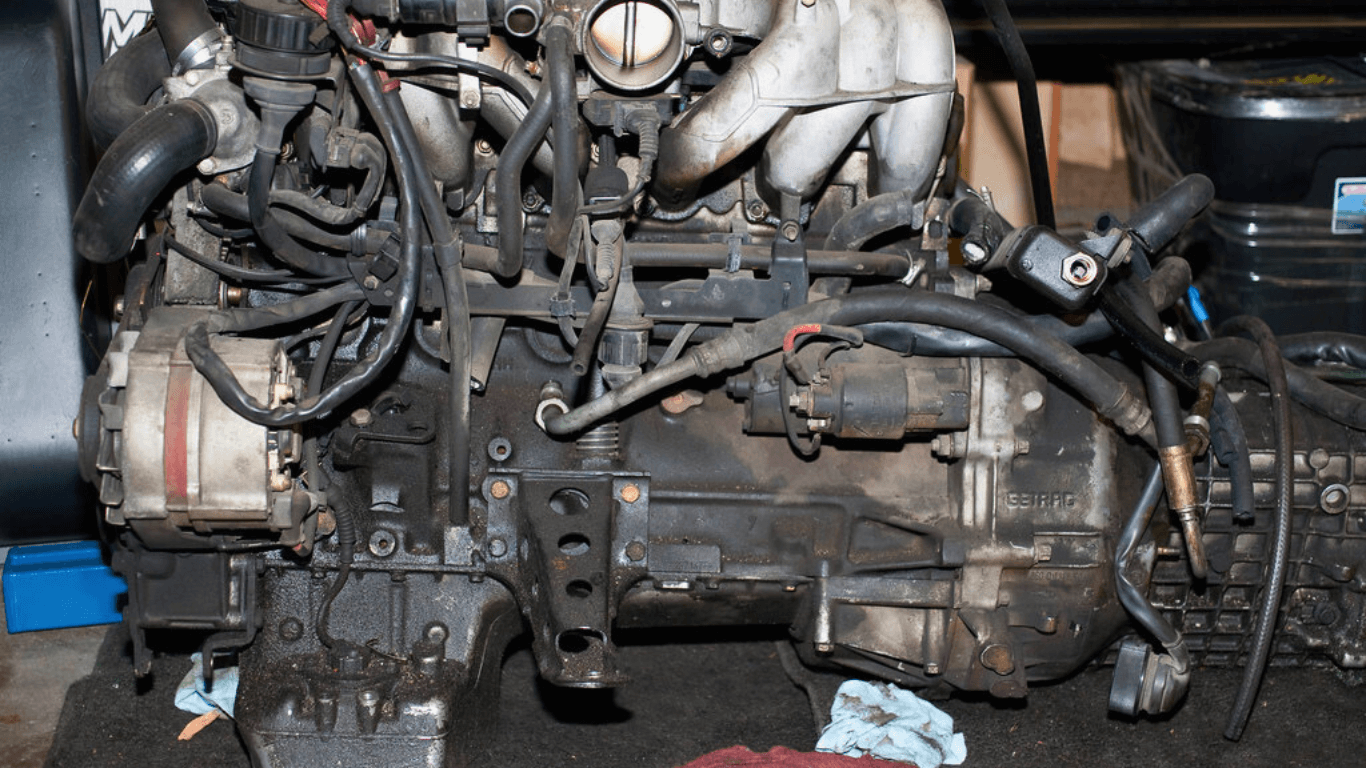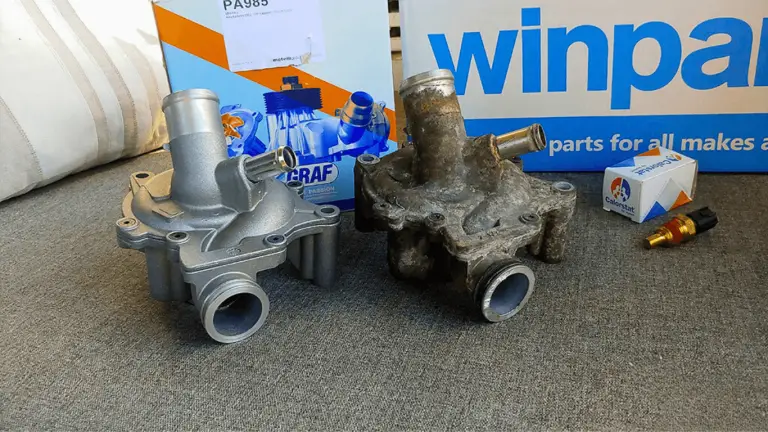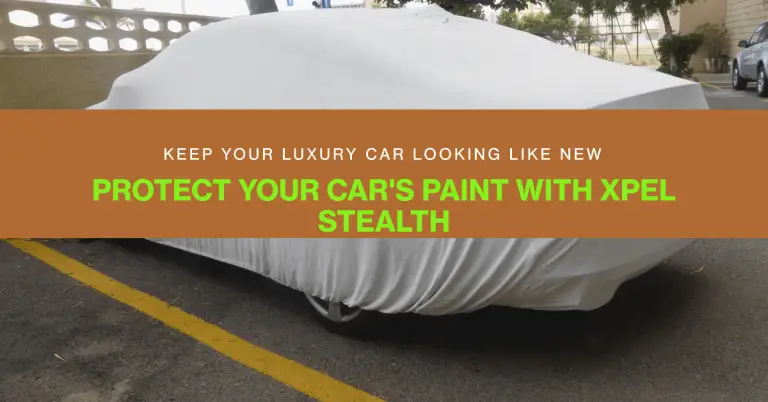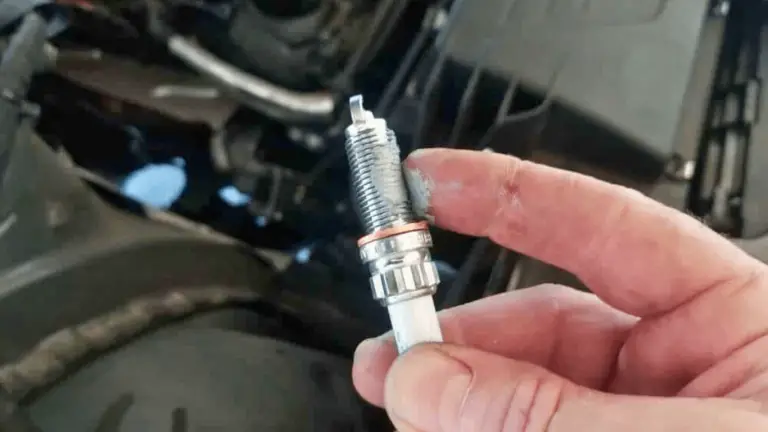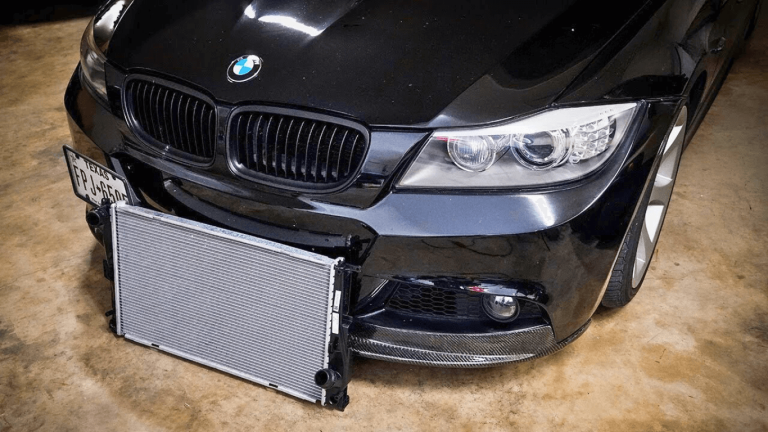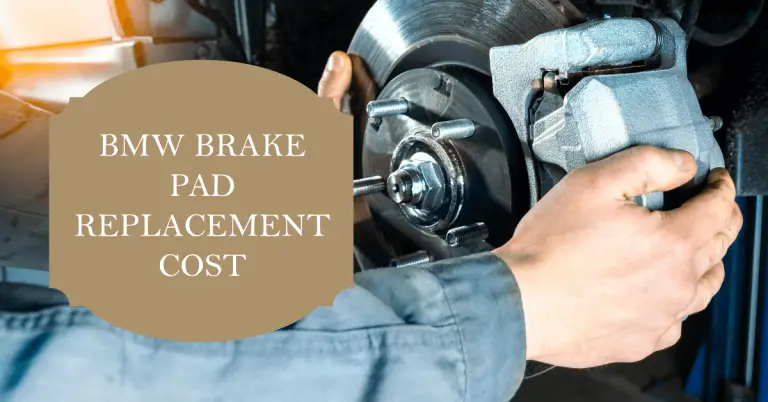BMW Coolant Leak Repair Cost: What You Need to Know
Is your BMW overheating? Do you see steam coming from under the hood or puddles of neon green fluid under your car? You likely have a coolant leak. But how much will it cost to repair a coolant leak in a BMW? Repair costs can range from a couple hundred dollars for minor external leaks, up to $1000+ for bigger jobs like a leaking water pump or radiator replacement. The exact cost depends on the leak location and parts needing replacement.
Coolant (also called antifreeze) is a mixture of water and coolant fluid that circulates through your BMW’s engine and keeps it from overheating. It absorbs excess heat and gets pumped through the radiator to be cooled.
When you have a leak in the coolant system, it allows this vital fluid to escape. Low coolant levels or leaks can cause your BMW engine to overheat, leading to serious and expensive damage. That’s why it’s critical to repair any coolant leaks right away.
In this comprehensive guide, we’ll cover:
- The most common causes of BMW coolant leaks
- Where leaks typically occur
- Symptoms that indicate you have a leak
- Average repair cost for different leak locations
- Driving risks with a coolant leak
- How to prevent leaks in your BMW
- And more…
Let’s dive in and explore the critical topic of BMW coolant leak repair costs so you know what to expect if your car starts showing symptoms of a leak. This guide will also help you make smart decisions to catch any leaks early and avoid expensive engine damage down the road.
What Causes Coolant Leaks in BMWs?
Coolant leaks can happen to any car, but BMWs tend to be more prone due to their complex cooling systems and amount of plastic components under the hood. Here are some of the most common causes of coolant leaks in BMW models:
- Worn or cracked plastic coolant system components – Many critical cooling system parts like the expansion tank, radiator, coolant hoses, and water pump impeller are made of plastic in BMWs. Over years of heat/cold cycles and corrosion, they can become brittle and develop cracks that leak fluid.
- Leaking water pump, thermostat housing, or radiator – These major components have coolant running through them and seals that can wear out over time, causing leaks. The water pump’s plastic impeller is also known to break down and leak.
- Corroded hoses, gaskets, seals, and connections – Rubber hoses and gaskets deteriorate and plastic connectors and fittings can crack. This allows coolant to seep out slowly or spray out under pressure.
- Head gasket and valve cover gasket leaks – Leaking seals can allow oil and coolant to mix. The contaminated oil then circulates through the cooling system causing leaks.
No matter what the root cause, it’s critical to have any BMW coolant leak assessed and repaired promptly to avoid catastrophic engine damage. Now let’s look at the most common leak locations.
Common BMW Coolant Leak Locations
Coolant leaks can spring up all over the cooling system. But on BMWs, there are some areas that tend to be leak-prone due to the engineering and weaker plastic components.
Here are the most common BMW coolant leak locations and what’s involved with repairing them:
Radiator and Hoses
The radiator itself or any of the many coolant hoses running to and from it can develop seeps or cracks that leak fluid. Replacing leaking hoses is relatively straightforward, but a leaking aluminum radiator will require replacement of the entire radiator:
- Radiator hoses – Expect to pay $150-$350 for diagnosis plus replacement of any leaking radiator hoses.
- Radiator – You’re looking at $800 or more for a full radiator replacement on most BMW models. This high cost is due to expensive OEM parts and extensive labor.
Water Pump
BMW’s water pumps have plastic impellers mounted on a steel shaft. The plastic is prone to erosion and leaks. Repair involves replacing the entire pump assembly:
- Water pump replacement – Repair costs run $500-$1200+ for parts and labor. The pump is buried deep in the engine which makes the job very labor intensive.
Thermostat Housing
The thermostat housing mounts to the engine near the radiator hoses. It contains the thermostat valve itself plus coolant flow ports. Cracks in the plastic housing or a leaking gasket cause common leaks:
- Thermostat housing replacement – Expect to pay $350-$850 for diagnosis and replacement of a leaking thermostat housing. The labor time varies by model.
Expansion Tank
All BMWs have a pressurized coolant expansion tank made of plastic. It provides overflow coolant storage. Cracks and seam leaks are common failure points:
- Expansion tank replacement – You’ll usually pay $250-$500 for a leaking expansion tank replacement, including diagnosis and parts/labor.
Valve Cover Gasket
A valve cover gasket leak allows oil to mix with coolant. This contaminated fluid can then leak from anywhere in the cooling system:
- Valve cover gasket replacement – Typical cost is $650-$1200 depending on model labor time. This extensive job involves removing the valve cover and a lot of components to access the leaking gasket.
Heater Core
Coolant flows through the heater core to allow heat into the cabin. Leaks inside the core require complete replacement:
- Heater core replacement – Since the heater core is buried inside the dashboard, repairs run $1000+ in most cases. Extensive interior disassembly is required.
As you can see, BMW coolant leak repairs range from a few hundred dollars for minor external leaks to over $1000+ for significant leaks from components like the radiator, water pump, or heater core.
Now that you know where leaks happen, let’s look at how to spot the symptoms of a leak in your BMW.
Signs You Have a Coolant Leak in Your BMW
Coolant leaks are often invisible at first. BMW’s closed cooling systems runs under pressure, so you may not see drips on the ground until a leak is quite bad. Here are some common signs of a coolant leak to watch for:
- Low coolant light comes on – This indicates coolant is low and being lost from somewhere in the system. Topping it off is just a temporary fix.
- Overheating engine – Low coolant or air bubbles in the system can cause overheating. Pull over and stop immediately if the temp gauge creeps up.
- White steam from front of car – Clouds of sweet-smelling steam indicate coolant boiling off the hot engine and escaping somewhere.
- Neon green or pink fluid puddles under car – Especially after driving, pools of bright colored coolant point to an external leak.
- Sweet, sickly coolant smell – Catching the scent of the telltale sugary odor inside or outside the car is a warning sign.
If you notice any of these symptoms, have your BMW inspected for leaks right away. Catching problems early makes repairs less complex and costly. Ignoring leaks risks engine overheating and extremely expensive damage.
Now let’s look at what you can expect to pay for BMW coolant leak repairs depending on the location and severity.
How Much Does BMW Coolant Leak Repair Cost?
The cost to fix a BMW coolant leak can vary quite a bit based on where it’s leaking from and difficulty of the repair:
- Minor external coolant hose leaks – Replacing leaking radiator hoses, bypass hoses, heater hoses or connections runs $150-$350 for parts and labor.
- Water pump or thermostat housing – You’re looking at $500-$1000+ for either of these more involved replacements. BMW water pump jobs run on the higher end due to labor intensity.
- Radiator or heater core – Expect to pay $800+ for full radiator replacement or $1000+ for heater core replacement.
- Valve cover gasket or oil cooler leaks – These oil-coolant leaks cost $650+ to repair the root cause along with cooling system repairs.
- DIY coolant repairs – Minor leaks can be DIY repaired for under $100 in parts if you have mechanical skills. Bigger jobs require professional service.
As with any car repairs, prices can vary between mechanics based on experience, dealership vs independent shop, and your geographic location. Always get a few quotes before approving any work.
The takeaway is that minor external coolant leaks are cheaper to fix, while leaks from internal components often total $500+ in parts and labor. Catching any leaks early on makes repairs less expensive before major engine damage occurs.
Now let’s look at why you should never delay getting leaks fixed.
Can I Drive With a BMW Coolant Leak?
Driving any distance with a known coolant leak is taking a massive risk. Here’s why it’s extremely dangerous to put off having leaks repaired:
- Coolant is essential for engine cooling and preventing catastrophic overheating damage.
- Driving low on coolant allows the engine to overheat, warp cylinder heads, blow head gaskets, and destroy internal components.
- Even if you top off the coolant, leaks allow air into the system leading to hot spots, overheating, and bubbles that inhibit cooling.
- Leaked coolant that hits hot exhaust components creates sweet-smelling steam clouds that can temporarily blind other drivers.
- Puddles of coolant in the road can cause other cars to hydroplane and lose control.
The bottom line is you should never drive a BMW with a known coolant leak, besides cautiously limping it to a repair shop. The risk of overheating, breakdowns, accidents, and massive engine repairs makes driving unwise.
Have any leaks diagnosed and repaired promptly before resuming normal driving. Now let’s look at how to help prevent leaks in the first place.
How to Prevent BMW Coolant Leaks?
While plastic cooling system components make BMWs prone to leaks as they age, you can take steps to minimize the chances of developing costly coolant leaks:
- Use OEM or high-quality replacement parts – Stick with Genuine BMW or reputable aftermarket components. Avoid no-name parts that tend to fail sooner.
- Replace worn coolant system components – Don’t wait for complete failure. As parts near the suggested replacement interval, replace them proactively.
- Regularly inspect components – Check under the hood for wetness, damaged hoses, or corrosion buildup that can lead to leaks.
- Flush the cooling system per maintenance schedule – Keep fresh fluid circulating to avoid sediment buildup that accelerates deterioration of components. Use the specified coolant only.
- Address leaks immediately – Never ignore signs of leaks or low coolant warnings. Repair ASAP before it turns into a bigger, costlier issue.
- Ask about leak-prone areas – When servicing your BMW, have techs inspect known problem areas like the water pump, expansion tank, and valley pan gaskets.
Staying vigilant for any signs of leaks and promptly repairing issues is by far the best way to avoid exorbitant BMW coolant leak repair costs. Don’t wait until major engine damage occurs.
Bottom Line on BMW Coolant Leak Repair Cost
Coolant leaks left unchecked can lead to catastrophic and very pricey engine damage. But how much do typical leaks cost to repair? Here are the key takeaways:
- Cost varies based on leak location – Minor external hoses might be $200 while a water pump could exceed $1000.
- Expect to pay $500+ for significant leaks – Internal engine leaks often run $500-$1200+ in total parts and labor costs.
- Fix all leaks immediately – Never drive with leaks or low coolant. Prompt repairs limit cost and damage.
Protect your BMW investment by learning to recognize the signs of a coolant leak. If you spot any symptoms, have your car inspected and repaired right away. With proper preventive maintenance and diligent leak checks, your coolant system should give you many miles of trouble-free service.

